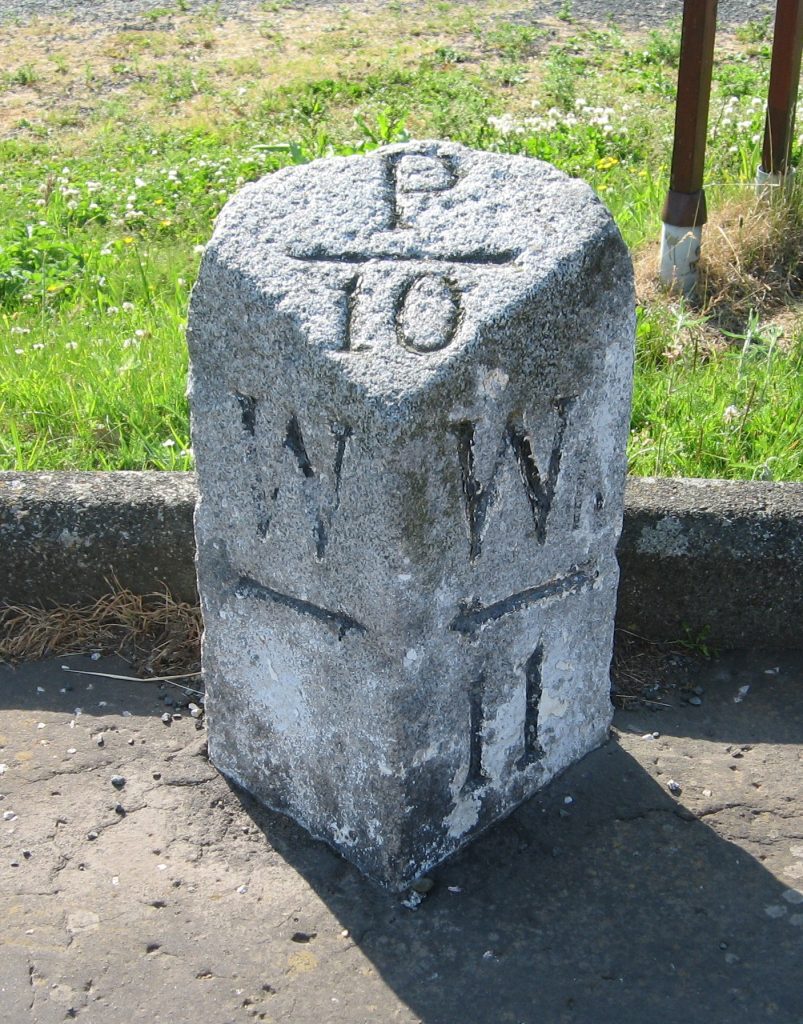Conservation of milestones and waymarkers

Some Milestone Society members are active in encouraging the local authorities who are responsible for the maintenance of milestones to look after them properly – and some are involved in projects to conserve or repair milestones.
Examples of some local projects are given in the articles listed below.
The conservation of milestones is not straightforward: a simple coat of standard household paint may look nice for a little while, but can do more harm than good in the long term.
Accordingly the Society has developed a number of guidelines for local authorities and others, covering all aspects of conservation. Click here for the Conservation Guidance section of the Milestone Society website.
Replacing a lost Brayshaw & Booth milestone
The Kirklees milestones restoration project
RWH / March 2012
Conservation of milestones and waymarkers Read More »
